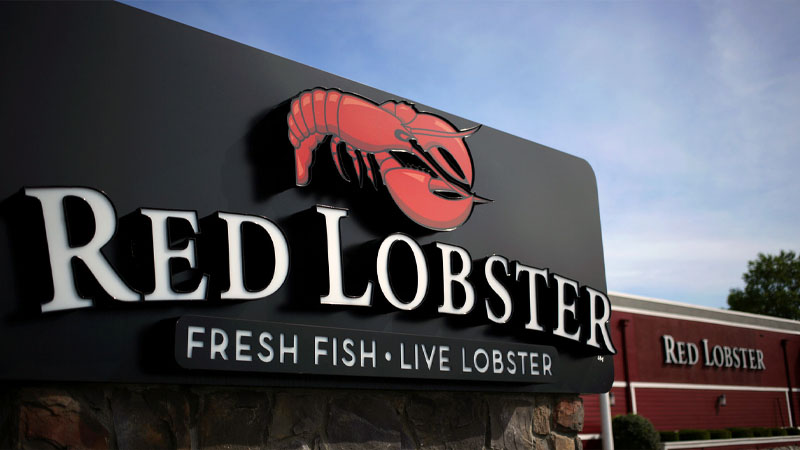Exclusive content

Red Lobster, one of the world’s largest seafood restaurant chains, is facing significant financial challenges that could lead to the closure of up to 135 more locations if lease terms cannot be renegotiated. The company, which recently filed for Chapter 11 bankruptcy, is grappling with various issues, including lease rejections and shrimp supply mismanagement.
Lease Rejections and Potential Closures
According to recent bankruptcy filings, Red Lobster has identified 228 leases as financially untenable unless adjustments are made. This list includes several of the 93 locations that were abruptly closed on May 13. The documents indicate that approximately 135 additional restaurants could be in danger of closing if new lease terms are not agreed upon. These potential closures highlight the dire situation facing the seafood chain as it seeks to restructure its operations.
One of the most notable lease negotiations is for Red Lobster’s Times Square location. The current lease expires at the end of the month, and the property owners, SL Green and RXR, are seeking to significantly increase the rent. If Red Lobster wishes to continue operating in this prime location, it will need to pay USD 2.2 million annually, a substantial increase from the estimated current rent of under USD 1 million. This high-stakes negotiation underscores the financial pressures facing the company.
Impact of the “Endless Shrimp” Promotion
Red Lobster’s financial woes are compounded by the fallout from its “endless shrimp” promotion, which resulted in USD 11 million in losses. This promotion, initially intended as a limited-time offer, was made a permanent option by former CEO Paul Kenny in May 2023 despite internal opposition. The decision led to shrimp shortages at various locations and increased costs due to the elimination of two breaded shrimp suppliers. The exclusive deal with majority owner Thai Union further strained the company’s finances.
The court documents allege that Thai Union, which owns a significant portion of Red Lobster’s equity and supplies shrimp to the chain, played a detrimental role in the company’s shrimp purchasing decisions. Current CEO Jonathan Tibus cited Thai Union’s “outsized influence” as a factor in the chain’s financial struggles. The company is now investigating the circumstances surrounding these decisions, aiming to understand how mismanagement contributed to the current crisis.
Plans for the Future
With USD 294 million in debt, Red Lobster is planning to close some underperforming restaurants and sell the remaining locations to a group of lenders, including Fortress Investment Group. The company, based in Orlando, Florida, operates about 550 casual dining restaurants in the U.S. and 54 outlets internationally, employing approximately 36,000 people. Despite its significant market presence, including purchasing 20% of all North American lobster tails and 16% of all rock lobsters worldwide, Red Lobster has been hit hard by poor management, high inflation, unsustainable rent costs, and increased competition, resulting in a USD 76 million net loss in 2023.